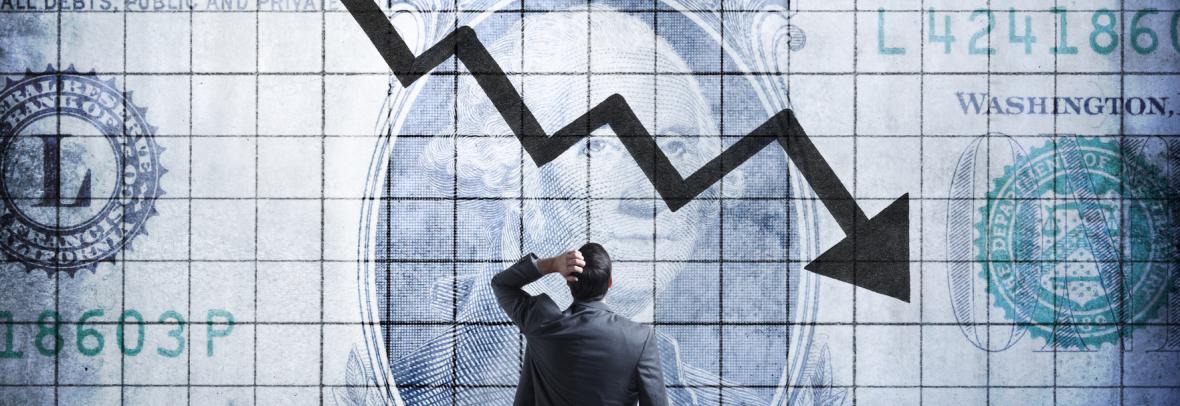It’s the second week in a row for a notable drop in rates as non-inflation-rate factors influence demand. A few weeks ago, average 30-year rates were higher than 7%.
LOS ANGELES (AP) – The average long-term U.S. mortgage rate edged lower for the second time in as many weeks, though it remains more than double what it was a year ago – a significant hurdle for many would-be homebuyers.
Mortgage buyer Freddie Mac reported Wednesday that the average on the benchmark 30-year rate fell to 6.58% from 6.61% last week. A year ago the average rate was 3.1%.
The rate for a 15-year mortgage, popular with those refinancing their homes, fell to 5.90% from 5.98% last week. It was 2.42% one year ago.
Late last month, the average long-term U.S. mortgage rate breached 7% for the first time since 2002. It climbed to 7.08% again earlier this month, but has pulled back in the two weeks since.
“In recent weeks, rates have hit above 7% only to drop by almost half a percentage point,” noted said Sam Khater, Freddie Mac’s chief economist. “This volatility is making it difficult for potential homebuyers to know when to get into the market, and that is reflected in the latest data which shows existing home sales slowing across all price points.”
Mortgage rates have more than doubled from where they were in early January, echoing a sharp rise in the yield on the 10-year Treasury note. The yield is influenced by a variety of factors, including global demand for U.S. Treasurys and investors’ expectations for future inflation, which heighten the prospect of rising interest rates overall.
The Federal Reserve, which has been hiking its short-term lending rate since March in a bid to crush the highest inflation in decades, raised its rate again early this month by 0.75 percentage points, three times its usual margin, for a fourth time this year. Its key rate now stands in a range of 3.75% to 4%.
While recent data suggest inflation may have peaked, stoking hope that the Fed will begin to ease up on its rate increases, recent comments by Fed officials have dimmed such optimism.
Last week, James Bullard, who leads the Federal Reserve Bank of St. Louis, said that the Fed may have to raise its benchmark interest rate much higher than it has previously projected to get inflation under control.
“This could mean that mortgage rates may climb again, and that risk goes up if next month’s inflation reading comes in on the higher side,” said Danielle Hale, chief economist at Realtor.com.
The sharp rise in mortgage rates this year, combined with still-climbing home prices, have added hundreds of dollars to monthly home loan payments relative to last year, when the average rate on a 30-year mortgage barely got up above 3% much of the time. That’s created a significant affordability hurdle for many would-be homebuyers, spurring this year’s housing market downturn. Last month, sales of previously occupied U.S. homes fell for the ninth consecutive month, hitting the slowest pre-pandemic annual sales pace in more than 10 years.
The run-up in mortgage rates has prompted many homebuyers to choose adjustable-rate mortgages, or ARMs, over the benchmark 30-year, fixed-rate loan. The adjustable-rate loans reduce borrowers’ monthly payments in the first few years of homeownership. Another approach that’s become more popular in recent months: sticking with a fixed-rate 30-year mortgage, but paying to lower the interest rate for the first two or three years.
Copyright 2022 The Associated Press. All rights reserved. This material may not be published, broadcast, rewritten or redistributed without permission.
By Alex Veiga | Read the Original Article Here: Last Week’s Mortgage Rates Fell to 6.58%
